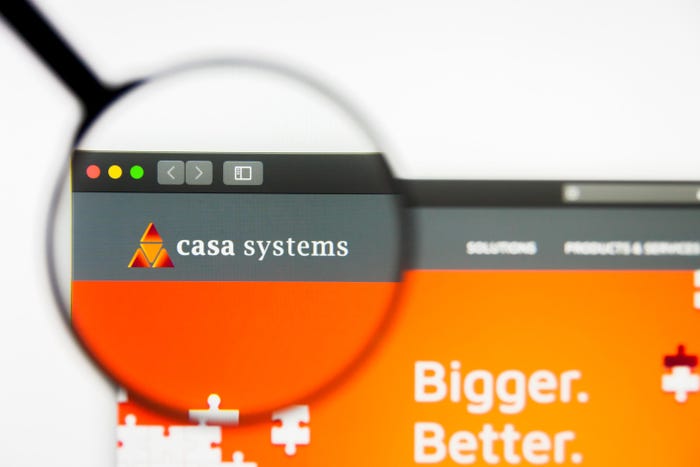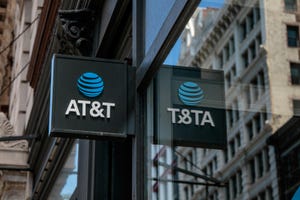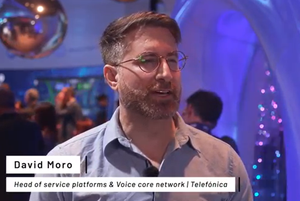Graphic featuring satellite and satellite dish
Satellite
Starlink may soon get 'conditional' satcom license in India – reportsStarlink may soon get 'conditional' satcom license in India – reports
Starlink's struggle to acquire a satcom license in India may soon be over with conditional approval likely soon.
Subscribe and receive the latest news from the industry.
Join 62,000+ members. Yes it's completely free.













































